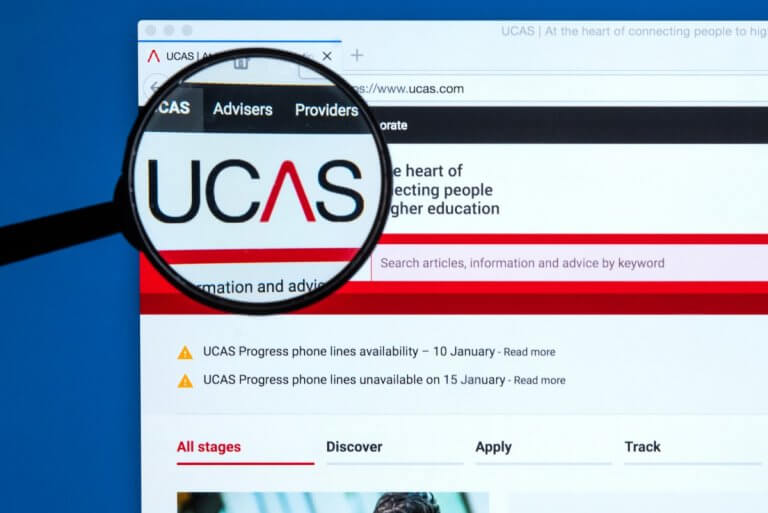
The personal statement is part and parcel of every international student’s UCAS application to study at a UK university.
Alongside the information about academic qualifications you need to fill in and the references you need to compile, you’ll need to write 4,000 characters about yourself to convince prospective universities that you deserve to be a future student there.
Four thousand characters – which translates to approximately 600 words – can either be too little or too much to sell yourself and your life’s achievements to win you that spot at your dream university.
The good news is that it’s certainly not impossible and a great statement is totally achievable if you plan ahead and understand what you to do.
Follow the steps below and you’ll be on your way to stunning the admission officers tasked with reading your essay:
1. Understand the purpose
The aim of the personal statement is to supplement the information you’ve submitted in other parts of the application, such as academic qualifications, personal details, etc. It’s what sets you apart from all the other candidates. This is where you need to show your “ambitions, skills and experience” makes you a suitable future student for those schools.
It’s important to note who you’re writing for. In this case, it’s going to be the admissions officer, who UCAS claims are seeking a personal statement “diplaying passion for the subject area, while demonstrating motivation, enthusiasm, and the skills and experiences that will enable you to succeed at university.”
2. Decide which area to highlight
The statement should show why you’re interested and suitable for both the course and subject area. To do this, you can pick some of the following to support your case: previous related academic study, skills and achievements, work experience, or hobbies and interests.
If you have trouble deciding which to highlight, this personal statement mind map and personal statement worksheet should help you out.
3. Start writing
First off, outline your main ideas. Remember, this is a skeleton so it only needs to cover the main idea. Keep it to just one page so it will be easier for you to scan through when it comes to writing later on.
Start with an opening line that will attract your reader’s attention, but keeps with the theme of your statement and isn’t too outlandish. Then, let the words flow!
Source: Giphy
4. Edit, edit, edit
It’s now time to review your first draft.
Be kind to yourself. Your first draft isn’t going to be perfect and that’s fine.
UCAS lets you edit the statement so you should use this function copiously! Check for any factual errors, inconsistent statements and make sure you stay within the 4,000 character and 47 line limits.
5. Send for feedback
Every piece of writing benefits from a fresh pair of eyes (or several fresh pairs of eyes) checking for anything you’ve missed.
When you have a final draft ready, send this to a close friend, teacher or parent to look over them for you. With their feedback, amend and edit accordingly.
6. Submit!
Now keep every limb crossed and await your letter of acceptance.
Liked this? Then you’ll love…
How to change your UK undergrad application through UCAS
Ucas to remove criminal convictions disclosure from application process







